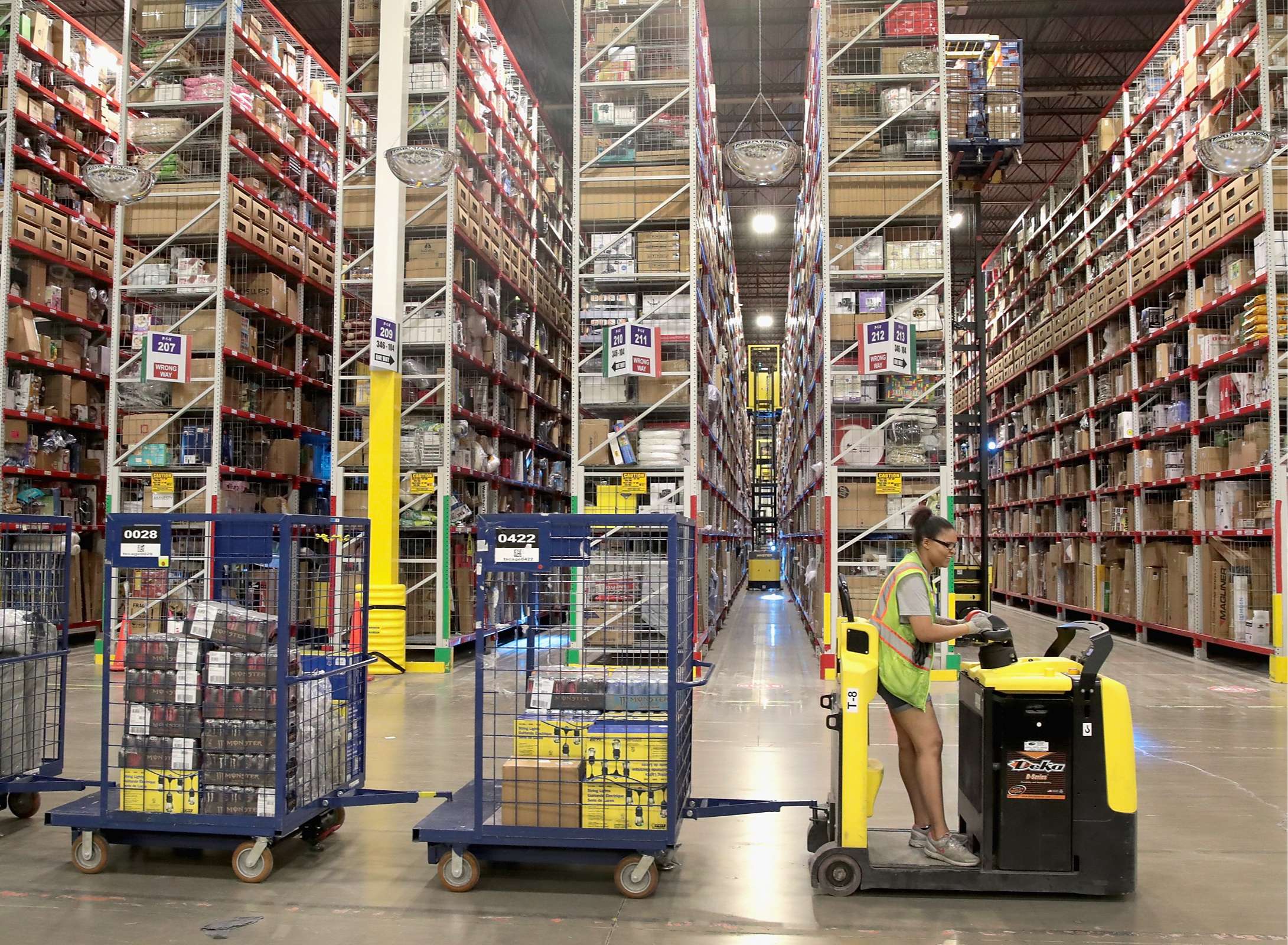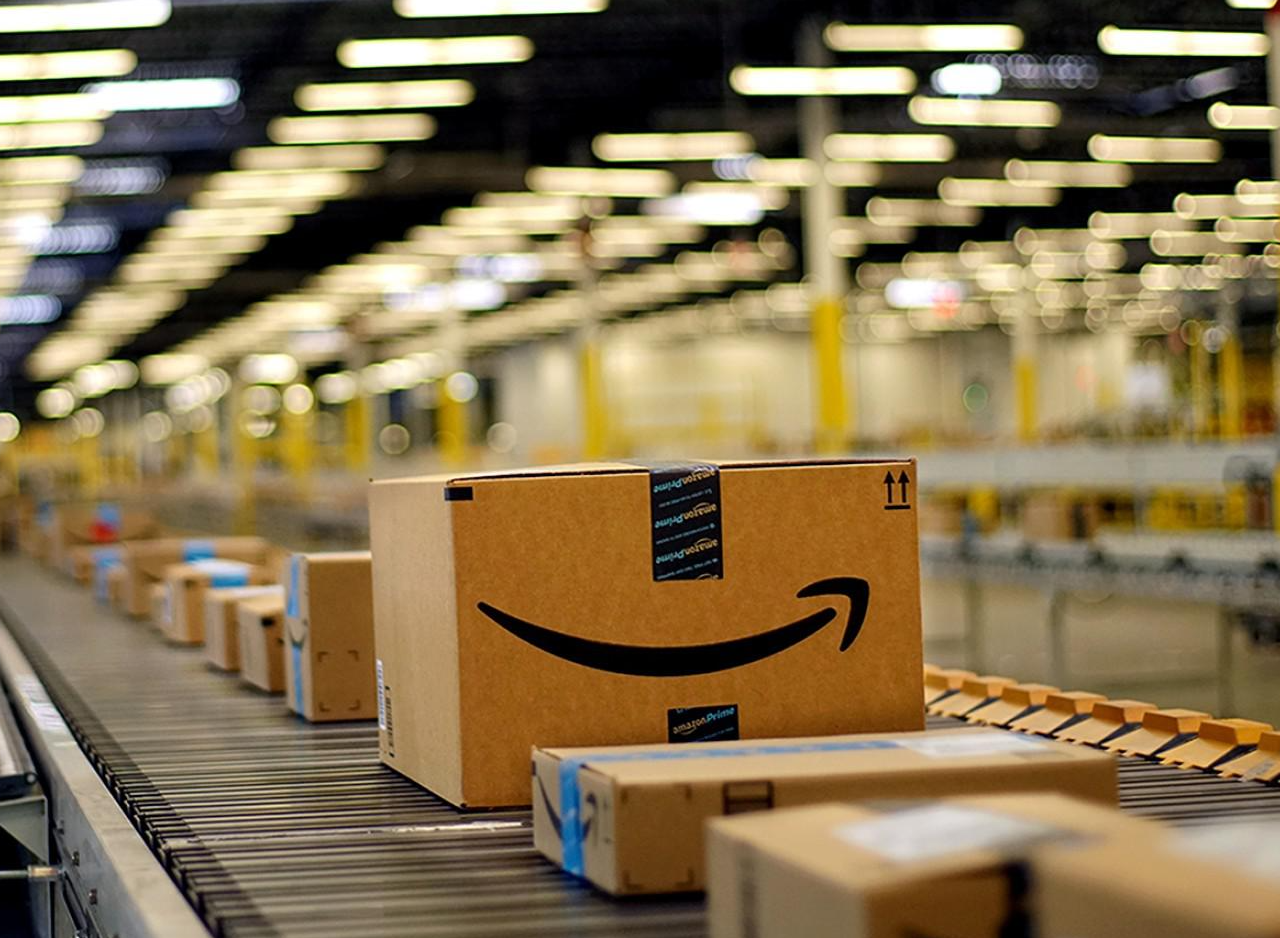FBA LCL Quote
FBA 40HQ FCL Quote
Inside Amazon’s Powerhouse: The Role and Function of Fulfillment Centers
Amazon's fulfillment centers are at the heart of its operations, playing a critical role in the e-commerce giant's ability to deliver millions of products to customers globally. These centers are more than just warehouses; they are advanced logistics hubs equipped with cutting-edge technology to streamline the entire order fulfillment process.
Here’s a detailed look at how these centers operate and their significance to Amazon’s business model.
- Structure and Organization
Each fulfillment center spans massive square footage, often exceeding the size of several football fields. Within these warehouses, products are meticulously organized and stored, ready to be retrieved by sophisticated systems. The layout is designed to optimize both storage density and retrieval efficiency, with items frequently sold placed closer to packing stations to speed up processing.
- Technological Integration
Automation is a cornerstone of these centers. Robots and automated systems move inventory, pick products, and prepare them for shipment. Machine learning algorithms predict purchasing trends, adjusting inventory levels and placements to minimize delays. These technologies not only increase efficiency but also reduce the physical strain on human workers, who focus on tasks that require human judgment and oversight.
- The Fulfillment Process
The journey of a product at an Amazon fulfillment center begins when it arrives from suppliers or sellers. It is then scanned, logged into the Amazon system, and stored in its specific location. When a customer places an order, the system instantly identifies the quickest route for a picker to retrieve the item. After retrieval, the item is sent to a packing station where it’s packaged and labeled for delivery.
- Shipping and Delivery
Once packages are ready, they’re sorted by destination and loaded into trucks. Amazon's sophisticated logistics network determines the most efficient delivery route. This system allows Amazon to offer various shipping options, including one-day or two-day delivery for Prime members.
- Impact on Supply Chain
Amazon's fulfillment centers significantly impact the broader supply chain by setting high standards for delivery speed and efficiency. They also allow Amazon to maintain a vast inventory, enabling the company to offer a wide range of products. This capability is key to Amazon’s competitive advantage, ensuring customer satisfaction through fast and reliable delivery.
- Challenges and Innovations
Operating such vast and busy centers comes with challenges, including managing the workforce, optimizing space, and handling millions of products. Amazon continually innovates to overcome these challenges, investing in advanced technologies and processes that improve efficiency and worker safety.
- Environmental and Social Responsibility
Amazon is increasingly aware of its environmental impact. The company has initiated various sustainability efforts to make operations more eco-friendly, including solar installations at several centers and plans to shift to a zero-carbon business model by 2040.
Benefits for Sellers
Utilizing Amazon Fulfillment Centers offers numerous advantages for sellers:
- -Cost Efficiency
Sellers can save on storage, labor, and logistics costs by leveraging Amazon’s extensive infrastructure.
- -Prime Eligibility
Products stored in Amazon Fulfillment Centers are automatically eligible for Amazon Prime, providing fast, reliable shipping options that can attract more customers.
- -Scalability
Sellers can easily scale their operations to meet fluctuating demand without the need for additional warehouse space or staffing.
Conclusion
Amazon's fulfillment centers are more than mere storage spaces; they are dynamic ecosystems that drive the company's success. Their efficiency not only enhances customer satisfaction but also pushes the entire logistics industry forward. As e-commerce continues to grow, the evolution of these fulfillment centers will likely continue, setting new benchmarks for the global supply chain management.
These centers are pivotal to not just keeping Amazon at the top of the e-commerce game but also in shaping future trends in global logistics and supply chain management.



